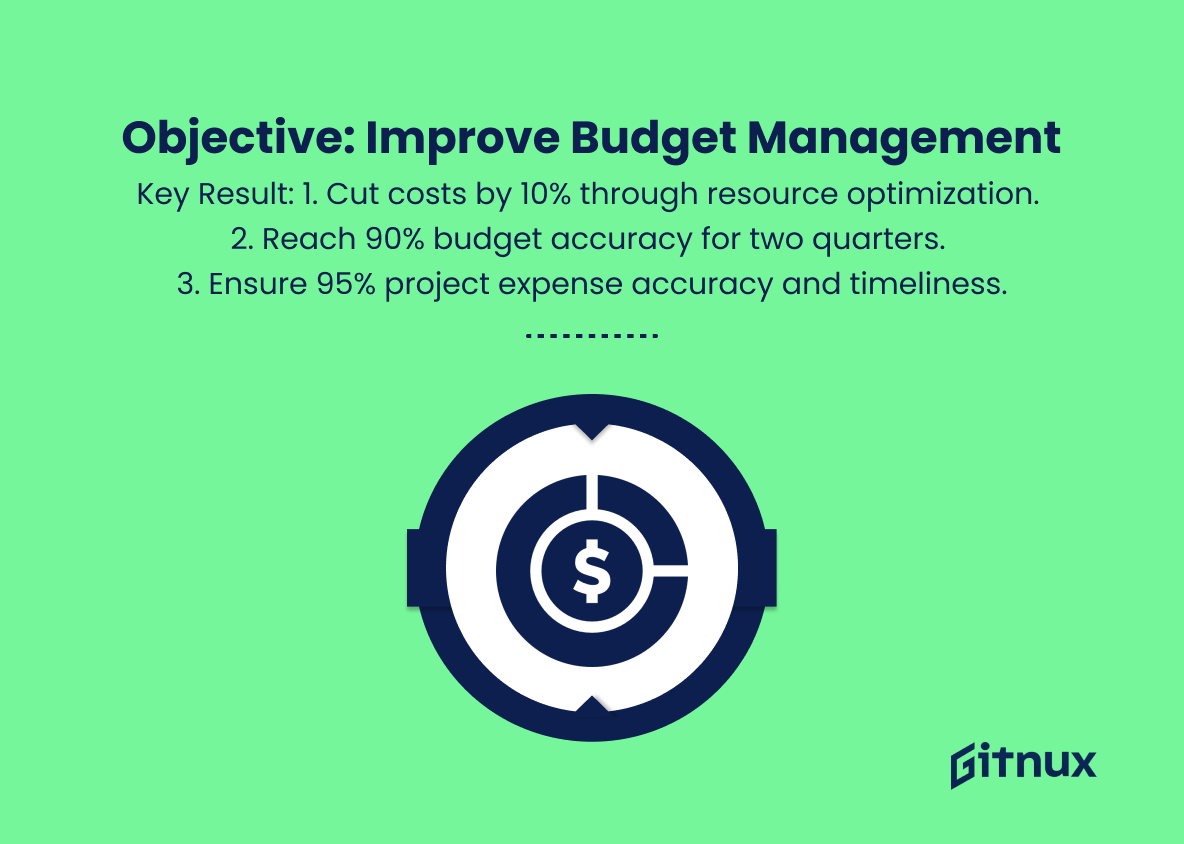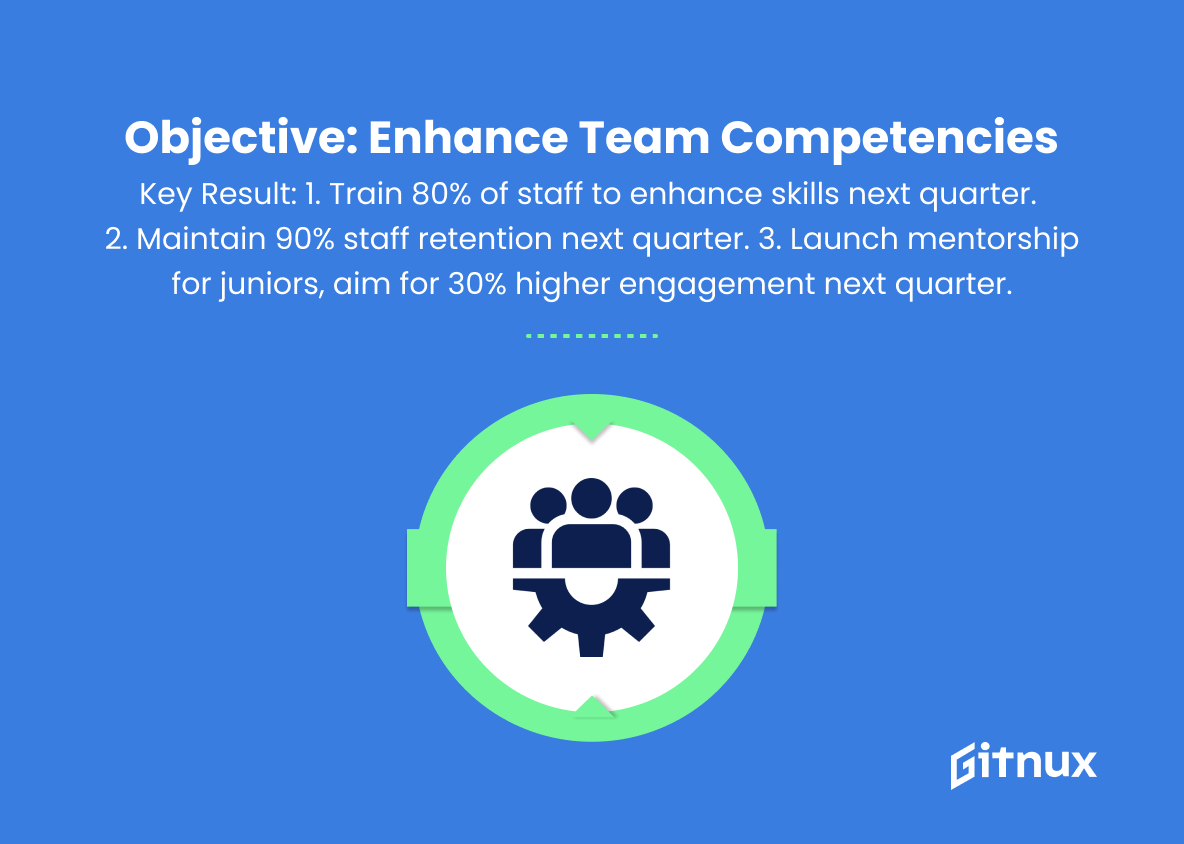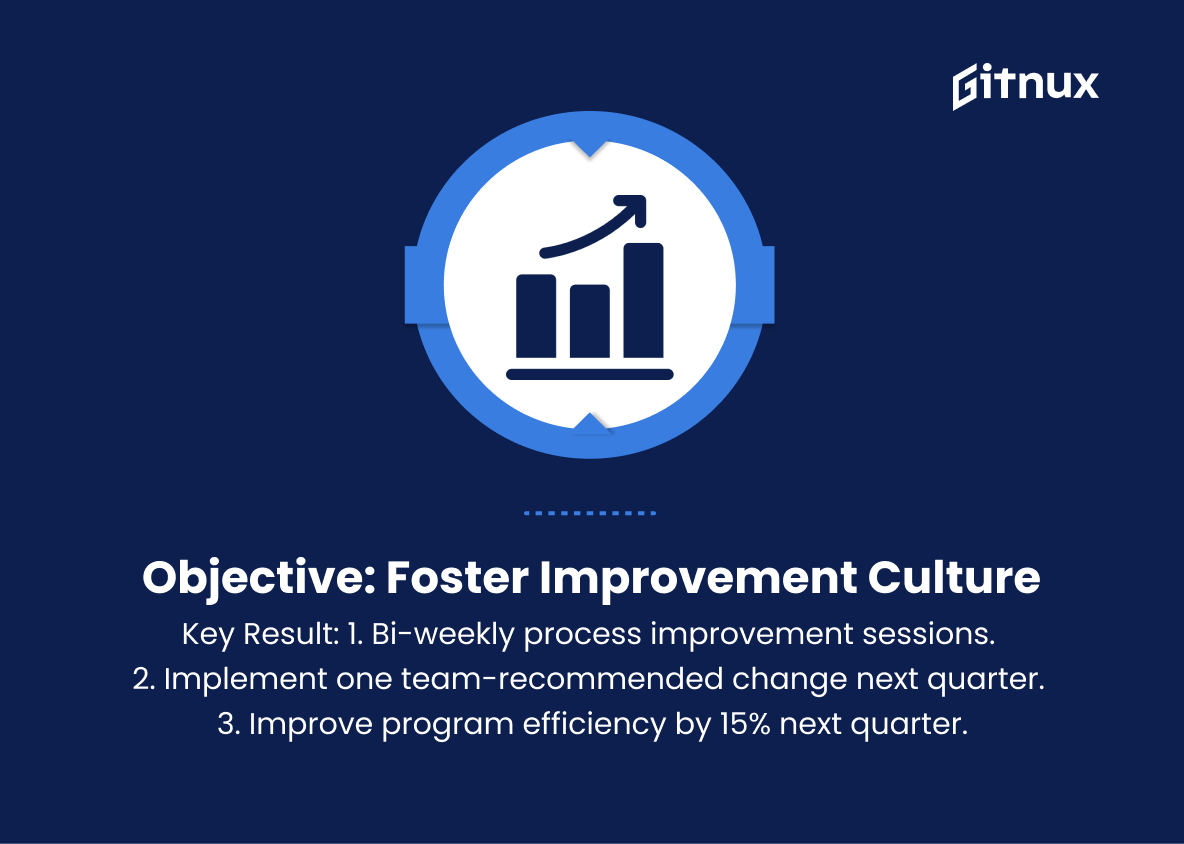In today’s fast-paced and ever-evolving business landscape, the importance of setting clear, measurable, and ambitious objectives cannot be overstated. As program managers, embracing the goal-setting framework of Objectives and Key Results (OKRs) is crucial to ensure that our teams stay focused on the most high-impact actions and remain aligned with the organization’s overarching strategic vision.
In this comprehensive blog post, we’ll dive deep into the world of Program Management OKRs, exploring not only their significance in driving success but also the best practices in establishing, tracking, and evaluating these performance indicators to help your team achieve remarkable results. Get ready to take your program management skills to the next level and excel in an increasingly competitive landscape.
Program Management OKRs You Should Know
1. Objective: Streamline Program Execution
Key Result 1: Reduce program delivery timeline by 20% within the next quarter through process improvements and agile methodologies.
Key Result 2: Increase on-time delivery of program milestones from 80% to 95% in the next quarter.
Key Result 3: Improve overall program efficiency by reducing the number of open issues by 30% within the next quarter.
2. Objective: Enhance Program Budget Management
Key Result 1: Achieve a 10% cost reduction by optimizing resource utilization within the next quarter.
Key Result 2: Improve budget forecasting accuracy to 90% for the next two consecutive quarters.
Key Result 3: Ensure that 95% of all project expenditures are documented on-time and accurately for the next quarter.
3. Objective: Increase Stakeholder Satisfaction
Key Result 1: Conduct monthly stakeholder satisfaction surveys and achieve at least 90% satisfaction rate over the next quarter.
Key Result 2: Implement a new program communication strategy leading to a 20% increase in stakeholder engagement within the next quarter.
Key Result 3: Resolve 95% of identified stakeholder concerns within one week of identification in the next quarter.
4. Objective: Improve Program Risk Management
Key Result 1: Conduct quarterly risk assessments leading to identifying and documenting 100% of program risks in the risk register.
Key Result 2: Implement and track mitigation plans for the top 10 identified risks over the next quarter.
Key Result 3: Decrease overall program risk exposure by 20% during the next quarter.
5. Objective: Strengthen Program Quality Management
Key Result 1: Ensure at least 95% of program deliverables meet quality standards set by the organization during the next quarter.
Key Result 2: Establish a formalized quality control process, leading to a 10% improvement in defect detection rates within the next quarter.
Key Result 3: Ensure that 100% of program team members complete quality management training during the next quarter.
6. Objective: Develop Program Team Competencies
Key Result 1:expr Enhance team skill sets by providing training opportunities to at least 80% of program staff within the next quarter.
Key Result 2: Achieve a 90% program staff retention rate during the next quarter.
Key Result 3: Implement a mentorship program to support junior team members and measure its effectiveness through a 30% increase in employee engagement scores during the next quarter.
7. Objective: Implement a Culture of Continuous Improvement
Key Result 1: Conduct bi-weekly lessons learned sessions to identify areas of improvement for program management processes.
Key Result 2: Implement at least one recommended process improvement identified by the team in the next quarter.
Key Result 3: Increase overall program efficiency by 15% within the next quarter through the successful execution of continuous improvement initiatives.
Program Management OKRs Explained
The mentioned Program Management OKRs are crucial because they cover essential aspects of the management process, ensuring streamlined execution, optimized use of resources, stakeholder satisfaction, reduced risk, high quality of deliverables, and continuous improvement. Streamlining program execution leads to quicker, more efficient delivery of projects, while enhancing budget management allows for cost savings and better resource allocation.
Improving stakeholder satisfaction builds trust and engagement, and strong risk management practices mitigate possible threats, ensuring project success. Emphasizing quality management maintains a high standard of deliverables, contributing to a positive reputation. Developing team competencies elevates the team’s skillset and fosters employee engagement, leading to higher staff retention and a more capable workforce. Finally, implanting a culture of continuous improvement encourages consistent progress and growth, ultimately boosting the overall success of the program.
Conclusion
In conclusion, Program Management OKRs provide an invaluable framework for organizations to define their objectives and measure progress towards achieving these goals. By employing a clear, structured, and transformative approach, Program Management OKRs ensure alignment between various stakeholder teams, improve communication, and foster a performance-driven culture.
Ultimately, this process paves the way for successful initiatives, effective resource allocation, and continuous growth for organizations that embrace it. Stay ahead of the game, and adopt Program Management OKRs today to deliver tangible, long-term results that drive your organization upward and forward.







